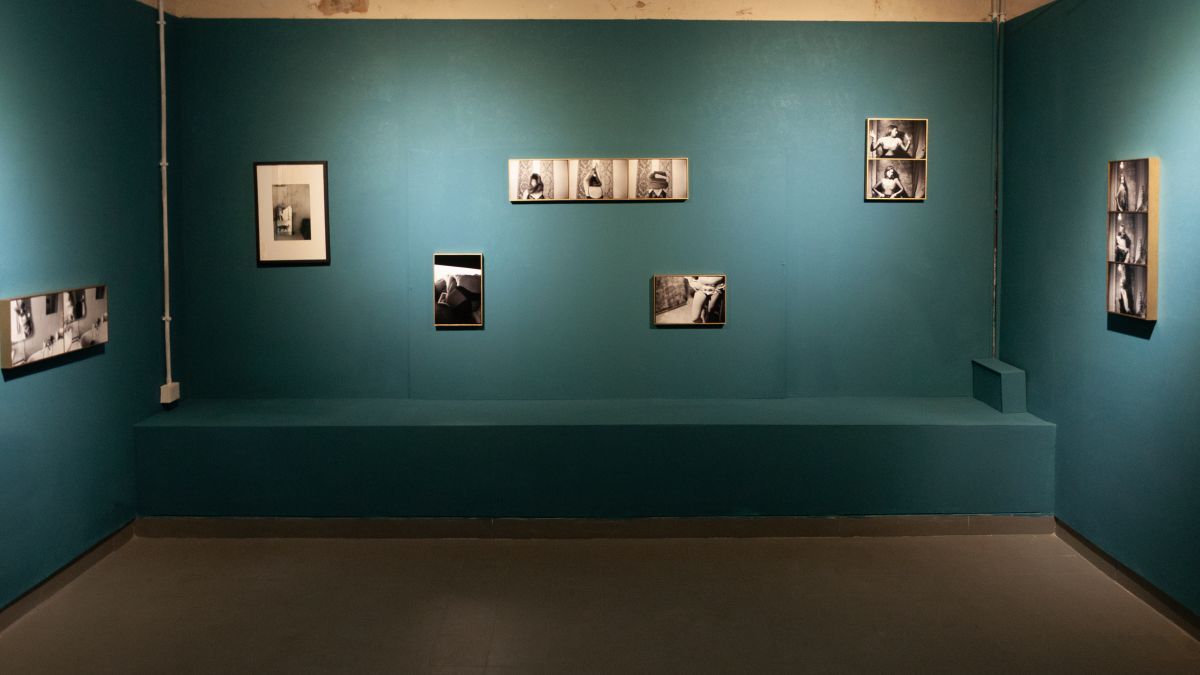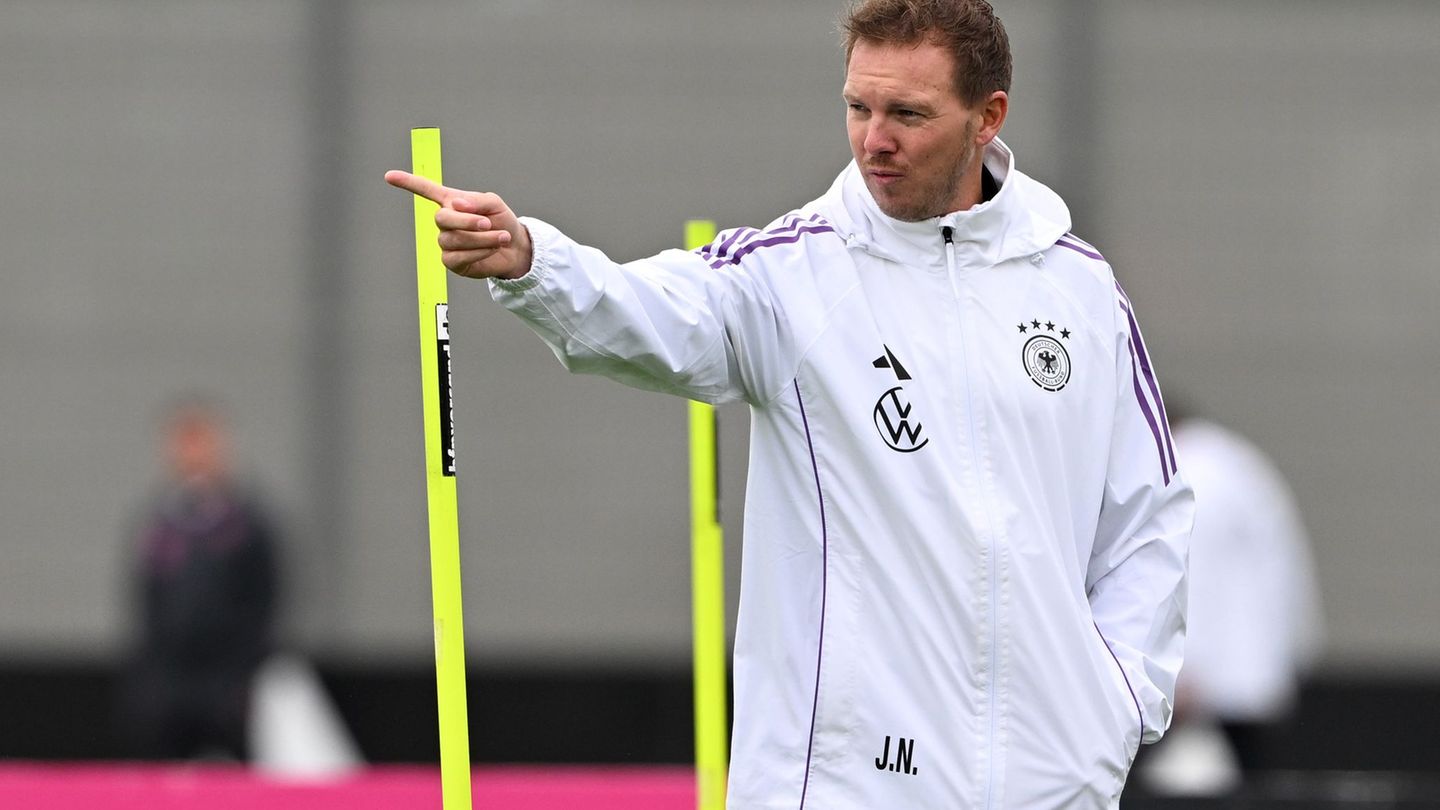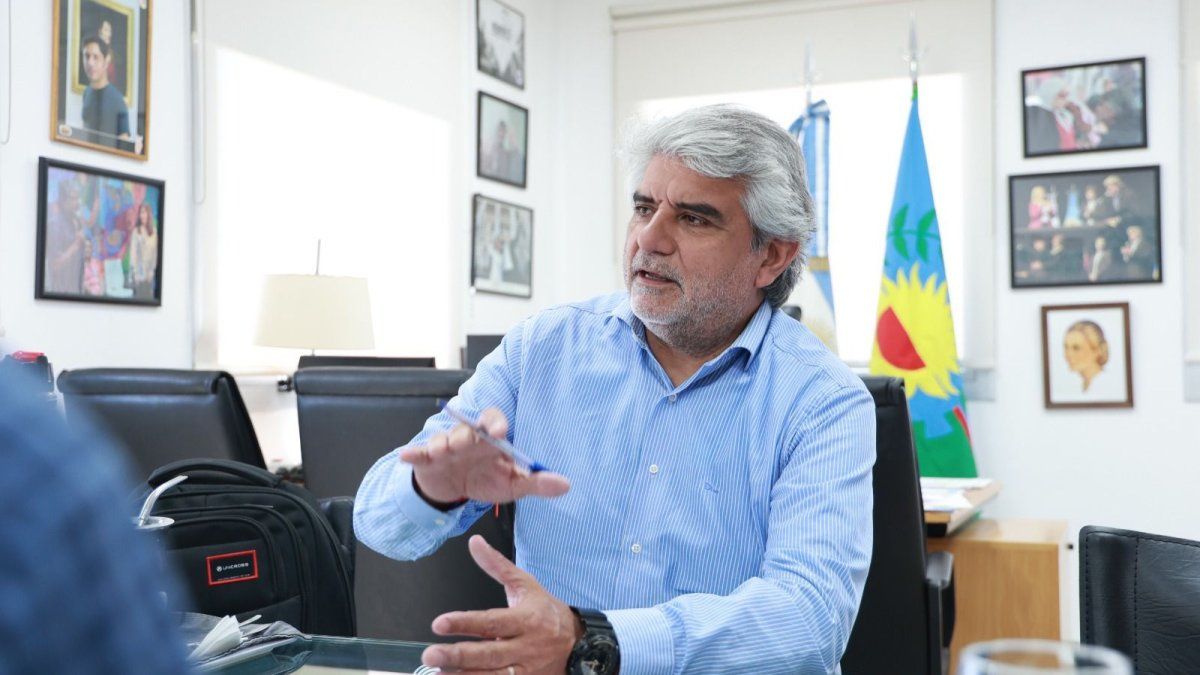The young birds are fed fish twice a day and their weight is constantly monitored. Each chick eats up to 20 small herring and sprats per day. They already weigh around one and a half kilograms.
“Their weight gain is ensured by our keepers so that the young animals can develop healthily,” explained zoo director Stephan Hering-Hagenbeck. “The chicks are still wearing a down coat that is not water-repellent. That’s why their enclosure has no access to the water basin. They only dare to swim when they have moulted for the first time. Then they come back to the group, because also in the wild they live together in large breeding colonies,” reported Hering-Hagenbeck.
Video: The Penguin Kindergarten in Schönbrunn
This video is disabled
Please activate the categories Performance Cookies and Functional cookies in your cookie settings to view this item. My cookie settings
The northern one rockhopper penguin is at high risk in its home in the southern Atlantic due to overfishing and environmental pollution – climate change is also making it difficult for it, the broadcast said. Hence the rockhopper penguin Part of a European Conservation Breeding Program (EEP) coordinated by Schönbrunn Zoo since 2015.
“In Europe, the penguin species, which is around 55 centimeters tall and has the distinctive yellow tufts of feathers on its head, can only be found in very few zoos. As the coordinator of the EEP, we are following the development of all around 140 rockhopper penguins Europe-wide. We also put together breeding groups for other zoos, and we are always happy to pass on our experience in keeping and breeding. No other zoo in Europe breeds rockhopper penguins as successful as we are,” emphasized Sabine Frühwirth, zoological assistant and EEP coordinator for northern ones rockhopper penguins.

Source: Nachrichten




